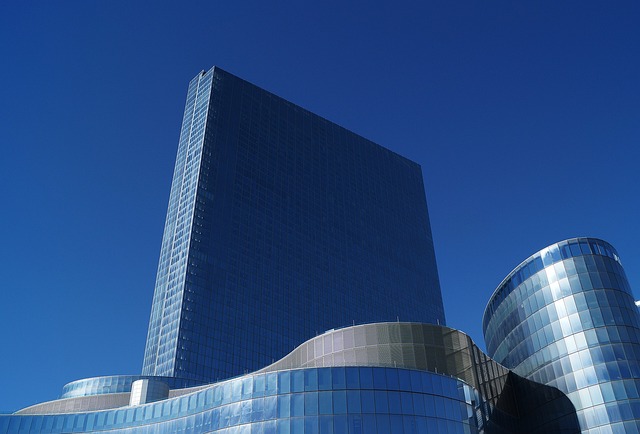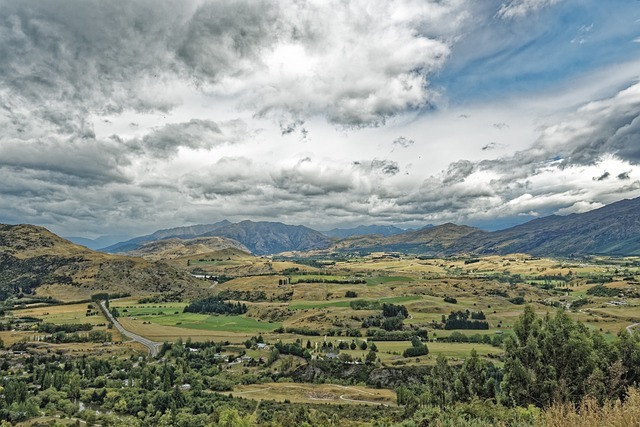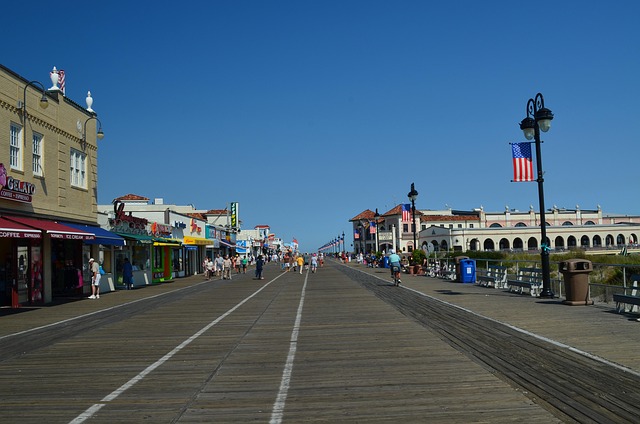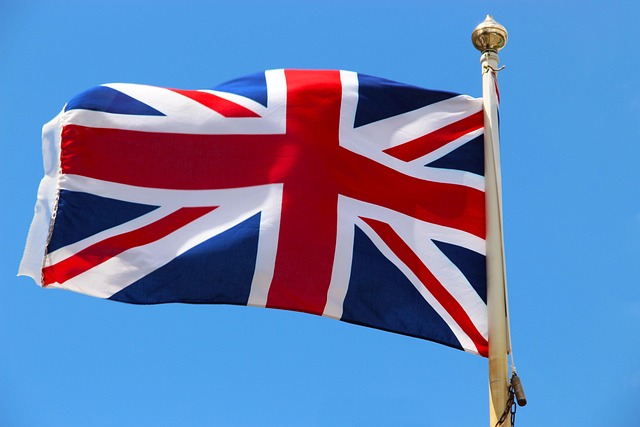The Elizabeth River Parkway in Union County, New Jersey is a multifaceted transportation hub launched in the mid-20th century. It seamlessly balances urban mobility and ecological preservation, offering efficient commuting and abundant recreational opportunities. The parkway drives economic development, strengthens environmental stewardship, and enhances quality of life, transforming Union County into a vibrant tapestry of communities with game-changing potential.
The Elizabeth River Parkway stands as a vital transportation link in Union County, New Jersey, offering efficient connectivity and scenic routes. This article explores the history and development of this crucial infrastructure, highlighting its key features and benefits for commuters and residents alike. We also delve into future plans that could significantly impact the region’s infrastructure, setting the stage for an enhanced and interconnected Union County.
- The Elizabeth River Parkway: A Vital Transportation Link in Union County, New Jersey
- History and Development of the Elizabeth River Parkway
- Key Features and Benefits for Commuters and Residents
- Future Plans and Potential Impact on the Region's Infrastructure
The Elizabeth River Parkway: A Vital Transportation Link in Union County, New Jersey

The Elizabeth River Parkway stands as a vital transportation link in Union County, New Jersey, offering a scenic route that connects key communities along its path. This picturesque waterway parkway not only provides an efficient commuting option but also enhances the overall quality of life for residents with its abundant recreational opportunities. Spanning across the county, it serves as a catalyst for economic development and fosters environmental stewardship through its strategic design and integration of natural landscapes.
In Union County, New Jersey, the Elizabeth River Parkway has emerged as a vital artery, facilitating seamless movement while preserving the area’s natural beauty. Its construction was driven by a vision to create a harmonious balance between urban mobility and ecological preservation, resulting in a unique transportation hub that caters to both practical needs and leisure pursuits.
History and Development of the Elizabeth River Parkway

The Elizabeth River Parkway, a significant transportation corridor in Union County, New Jersey, has a rich history deeply intertwined with the region’s growth and development. Originating from a series of local initiatives and state-led projects, the parkway’s evolution began in the mid-20th century as a vision to enhance connectivity and alleviate traffic congestion in the area. Over time, it transformed from a concept into a vital link, connecting communities and facilitating economic activities along its route.
The construction of the Elizabeth River Parkway was a collaborative effort between various agencies and local stakeholders. It involved careful planning and design to navigate the unique challenges posed by the region’s urban landscape. As it was developed, the parkway not only improved accessibility but also became a cornerstone for Union County’s transportation infrastructure, contributing to its overall economic vitality and enhancing the quality of life for residents.
Key Features and Benefits for Commuters and Residents

Future Plans and Potential Impact on the Region's Infrastructure

The Elizabeth River Parkway, already a significant transportation artery in Union County, New Jersey, has future plans that promise to enhance its impact on the region’s infrastructure. These developments aim to not only improve traffic flow but also integrate sustainable practices and public spaces. The proposed expansions include dedicated bike lanes, pedestrian walkways, and green corridors, aligning with the growing emphasis on eco-friendly urban design. These additions could significantly reduce commuting times, encourage active transportation, and foster a healthier environment for residents.
The potential impact of these future plans is profound. By improving access and connectivity throughout Union County, the parkway could stimulate economic growth, support local businesses, and facilitate easier movement between residential areas, employment centers, and recreational destinations. Furthermore, the integration of public art and green spaces will contribute to an improved quality of life for area residents, making the region more attractive for both living and working.






